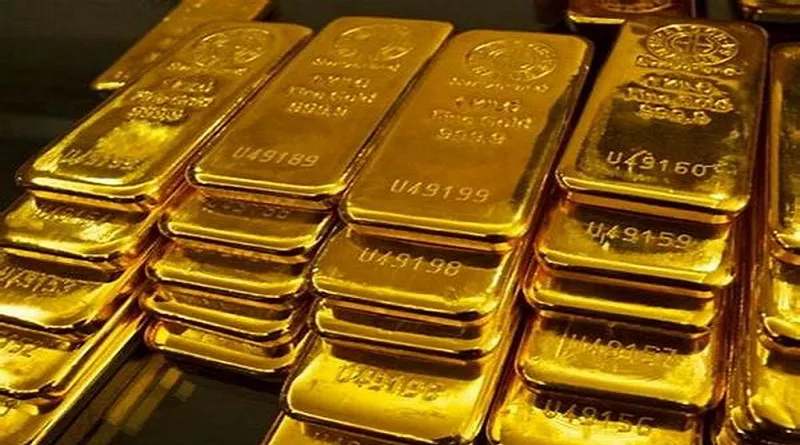Gold prices saw an uptick on Tuesday, driven by ongoing trade tensions between the U.S. and its key trading partners, as well as a softer U.S. dollar.
By 0847 GMT, spot gold had gained 0.8%, rising to $3,005.21 per ounce, recovering from a dip to its lowest level since March 13 on Monday. U.S. gold futures also climbed 1.6%, reaching $3,020.70.
Gold prices remain nearly 15% higher year-to-date, supported by geopolitical and economic uncertainties, strong demand from central banks, and increased investments in gold-backed exchange-traded funds (ETFs).
“Gold is rebounding, driven by a weaker U.S. dollar and continued uncertainty surrounding trade war developments,” said Zain Vawda, an analyst at MarketPulse by OANDA. The U.S. dollar index (.DXY) edged lower, making gold less expensive for foreign buyers.
The trade war between the U.S. and China shows no signs of easing. China has rejected U.S. demands, calling them “blackmail,” while the European Commission has offered a “zero-for-zero” tariff deal and imposed 25% tariffs on certain U.S. imports.
“If tariffs continue to create market uncertainty and expectations for further rate cuts rise, this combination could trigger another rally in gold prices,” Vawda added.
Investors are closely watching the release of minutes from the U.S. Federal Reserve’s latest policy meeting on Wednesday. Markets are pricing in a 97-basis-point rate cut by the Fed by the end of the year, with 40% of traders expecting it to start as early as May. Gold, being a non-yielding asset, tends to perform well in low-interest-rate environments.
“The $3,000 mark is a significant psychological level and an important support level. If gold surpasses the resistance at $3,050, I see it reaching $3,100,” said Ricardo Evangelista, senior analyst at ActivTrades.
Meanwhile, other precious metals also saw gains. Spot silver rose 0.4% to $30.24 per ounce, platinum advanced 1.1% to $923.10, and palladium increased by 0.1% to $919.78.

